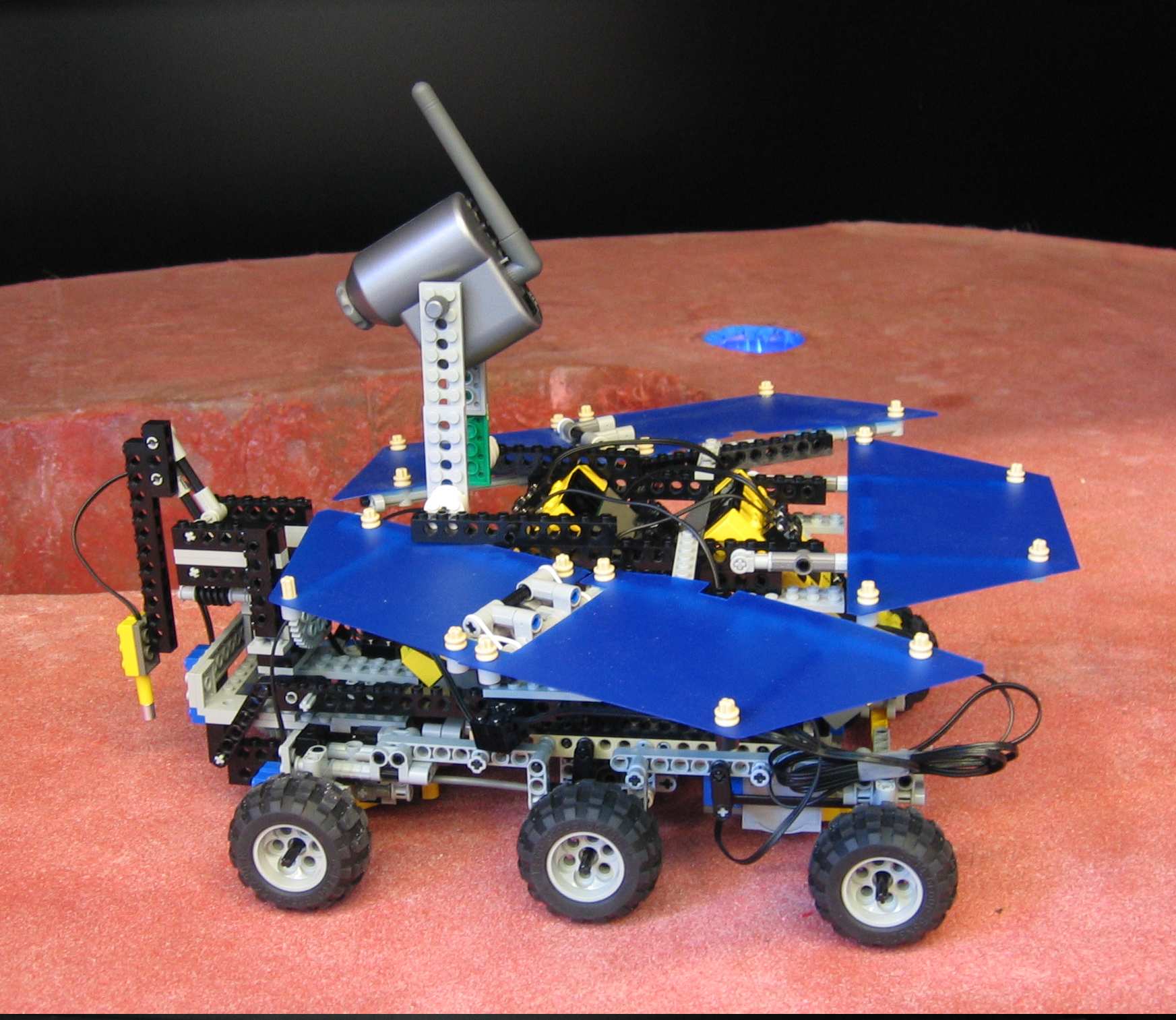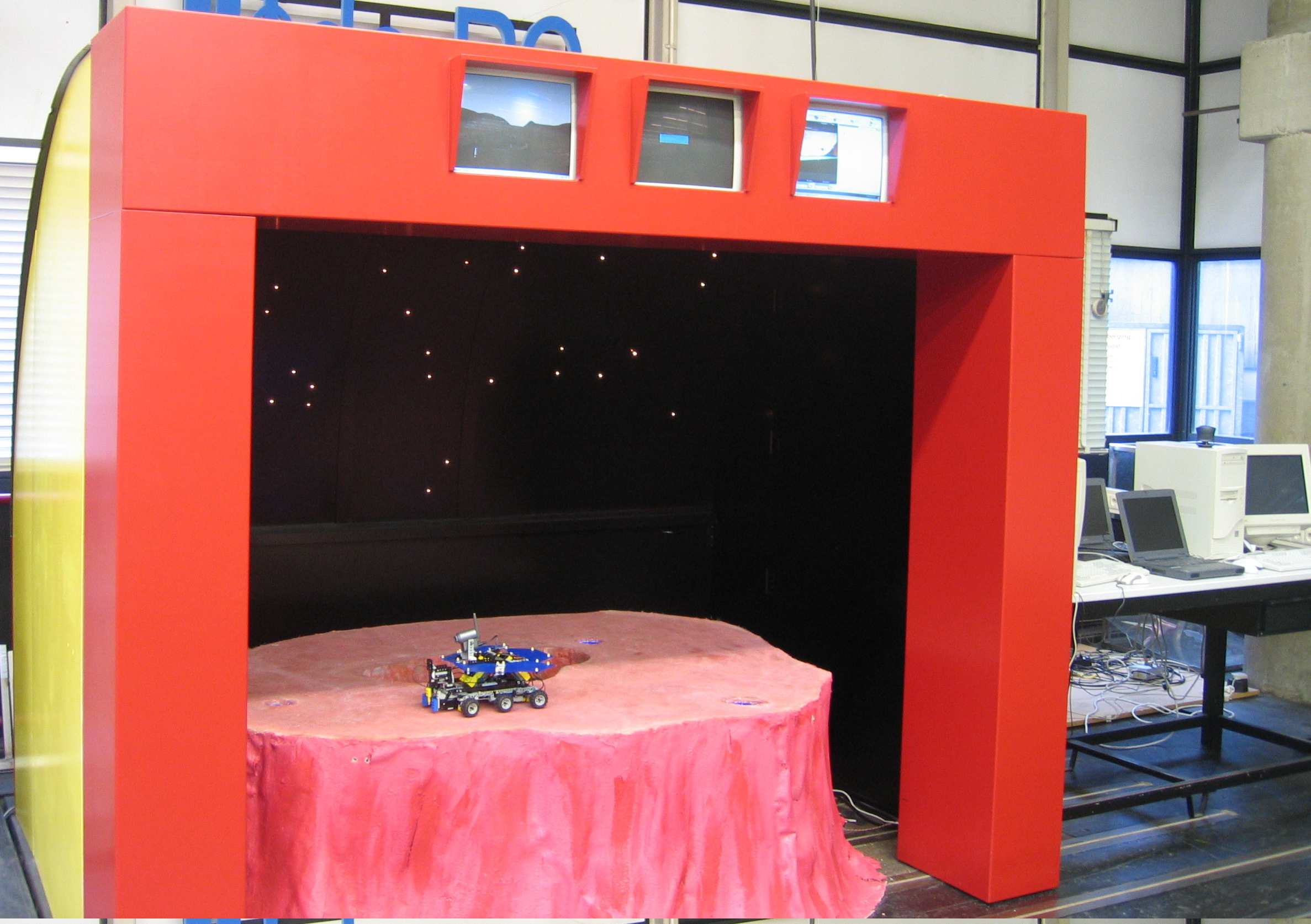Embedded Motion Control/Introduction
An important question scientists are eager to answer is whether there exists water on the planet Mars. If water is present, perhaps also life is possible on the red planet. In 1997, the first NASA probe landed on Mars. In January 2004, two Mars exploration rovers landed on the Martian globe [1]. The golf cart-sized rovers were autonomous, robotic dune buggies that carried their own science, power and communications equipment. Since January 2004, several experiments and measurements have been performed which indicate that water had been around on the planet for a while. In August 2005, a third exploration rover was sent to Mars, this rover will join Mars Global Surveyor and Odyssey in their exploration of the planet. In the upcoming years, more inquisitive spacecrafts will follow them to investigate Mars, perhaps solving the mystery of what happened to the planet’s water and preparing for the arrival of the ultimate scientific explorers: humans [1]. In the Dynamics and Control Laboratory (WH -1.13) a reproduction of the Mars exploration rover is present. This reproduction is made out of LEGO, especially using LEGO Mindstorms, as shown in Fig. 1.1. The Mars-rover is equipped with two programmable interfaces (LEGO RCX 2.0), a camera, three light sensors, two motors, two encoders and a temperature sensor.

The LEGO Mars-rover is located on a Mars landscape containing three lakes as shown in Fig. 1.2. Now it has been established that water existed on Mars, the next mission is to find the locations of this water and to discover its properties. In this course this is done by determining the temperature of the water in the three lakes of the landscape. However, no software is present on the programmable interfaces of the Mars-rover. This software has to be designed and developed during the course in order to complete the mission. The earth computer can upload programs to the programmable interfaces of the Mars-rover. The interfaces can send and receive data to and from the earth computer. The programs are written in C using the BrickOS environment.

The course will consist of lectures and workshops which will introduce you in the interesting world of embedded motion control. The mission will be performed by groups of 4 people which will be assigned a group tutor. Each group will have weekly meetings with the tutor regarding questions about the mission. Four weeks after the beginning of the course each group will present their software design to the other groups. At the end of the course a final contest will be held where all groups have to perform the mission. Every group also has to deliver a website-as-report, which describes the complete embedded motion design, including an evaluation of the obtained results.
- ↑ 1.0 1.1 Editor: Dennis Armstrong NASA Official: Brian Dunbar. Demystifying Mars. National Aeronautics and Space Administration (NASA). http://www.nasa.gov/missions/highlights/demystifying_mars_1.html.